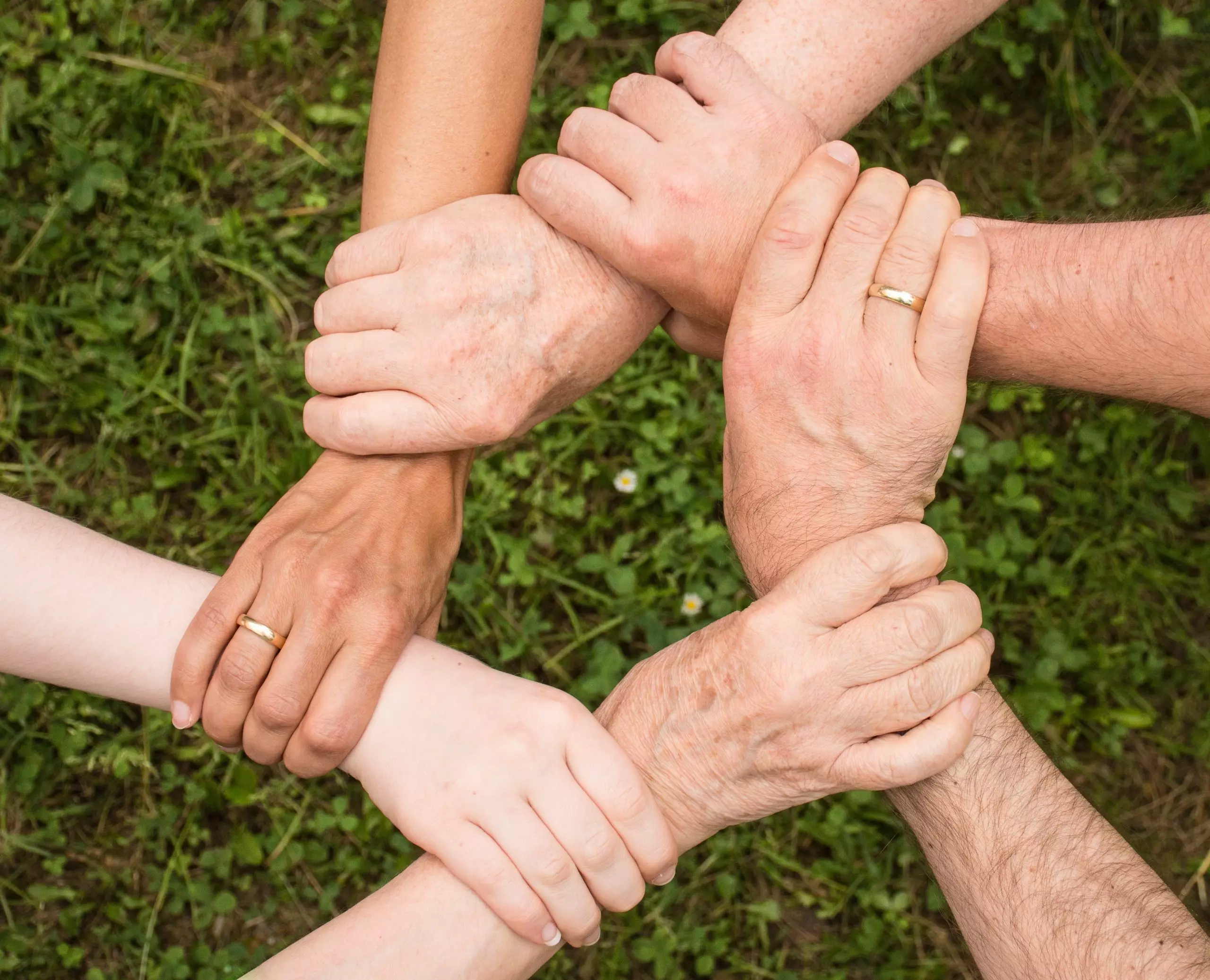The Do’s and Don’ts of Helping a Blind Person
2021-07-01 | By Orcam Staff

There are a lot of misconceptions around blindness. Many people are hesitant to interact with blind people and despite an underlying desire to help, they hold themselves back to avoid an awkward encounter. Here are some simple ways you can assist blind people on a day-to-day basis, and some strategies you might want to steer clear of.
1. Do Include them
The most important thing you can do for a blind person, or any person really, is to be friendly, include them socially and engage in conversation with them. Unfortunately, even the most outgoing and friendly blind people, cannot always initiate conversation. There’s nothing worse than leaving someone out of a conversation just because they cannot see nonverbal cues.
2. Don’t assume they are helpless

While blind people may require assistance in certain circumstances, don’t always assume that because they cannot see, they are incapable. Blind and visually impaired people learn to do some amazing things without their sight and they are often more independent than you think. Don’t assume they need help with basic tasks that you would rely on your sight to perform.
3. Do communicate clearly with them
Because of their inability to interpret body language, it is very important to communicate clearly with your words when speaking to people who are blind. In regular conversations, significant information and subliminal messages are often conveyed through the movement of our hands and the expressions on our face. Thus, it is crucial to compensate for this by using clear words and effective intonation.
4. Don’t do stupid things
Don’t shout at them, they are not deaf. Don’t touch them excessively, nobody likes being touched by strangers. Don’t ask stupid questions like “why do you even bother getting your hair styled?” Don’t give them backhanded compliments like “you don’t look blind”. In short, apply some common sense and basic sensitivity when interacting with blind and visually impaired people.
5. Do speak directly to them
When you want to communicate with them, speak to them, not the person they are with. There is nothing that frustrates blind people more than people thinking they are non-verbal or incapable of having a conversation. Non- sighted people do not enjoy being treated as if they are incompetent, so speak directly to them, rather than their companion.
6. Don’t speak to or pet their guide dog without consulting them first

Guide dogs are at work and they can be the difference between life or death in certain situations. They are trained to ignore outside distractions to focus solely on the job. No matter how cute, don’t try put them off their game by touching, whistling or speaking to them.
7. Do raise their awareness to new technologies
There has been rapid development in vision innovation technology, that is able to provide blind and visually impaired people with greater independence. Do tell them about new technologies, but remember they’re probably more of an expert in technologies and support aids than you are. Nonetheless, there is no harm in discussing technology devices such as OrCam MyEye, Dot or Blitab, which may be able to instill their lives with greater independence.
8. Don’t compare
Blindness is just a single trait. It doesn’t dictate personality, or character traits or hobbies. Just because someone who is blind can do something independently or likes audio books or dresses in a certain way, does not mean that someone else does as well. Even within the non-sighted community, there is great diversity, so don’t pool them all into a single basket.
9. Do lend a hand where appropriate

Getting into a car, taking the stairs, moving through tight spaces or crowded areas, are all opportunities to offer a guiding arm. The key here is to offer help, which they will accept or refuse. Don’t go overboard in pushing them to accept your assistance if they do not want it.
10. Don’t avoid common phrases unnecessarily
Despite popular opinion, phrases such as “see you later” or “it looks like” are not going to offend a blind person, and in fact they use the same phrases themselves. You do not have to follow up these expressions with an outlandish and meaningless apology.
11. Do give directions carefully
If a blind person asks you for directions, do not use gestures to explain the way. Rather, try to help according to the way they are facing directions. You can also ask them if they are familiar with the area and street names. This is the best way to assist blind people on the streets, ensuring their way is secured.
12. Do not grab while waiting for lights

Helping a blind man cross the street is the most anxious time for others. When you see a blind man waiting for the green light, do not grab him to cross the street. Many locations have systems for blind and visually impaired people, such as talking traffic lights. If you want to guide a blind person, mention it by saying “Oh, finally a green light” to yourself.
13. Do not feel sad when rejected
Kindly asking “May I assist you?” to a blind person is the most preferred way to show you care. Blind people do not need support all the time, and when they reject your assistance, don’t let it get you down. It is a clear sign that the blind person knows the area and does not need further assistance. Do not take this personally or as an insult.
Well there you have it- a few simple tips on how to interact with blind people. By taking a small step outside your comfort zone, you may well make someone’s day. And you know what? You might just find yourself a new friend as well.



